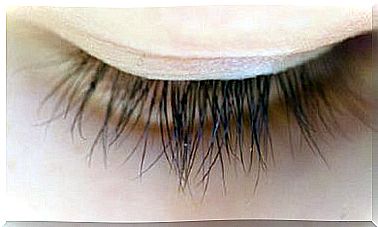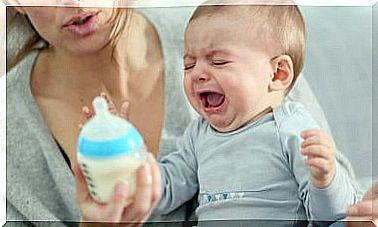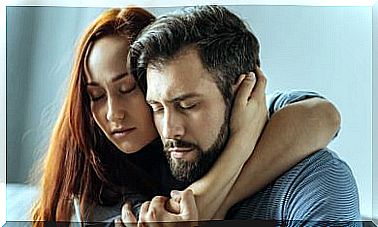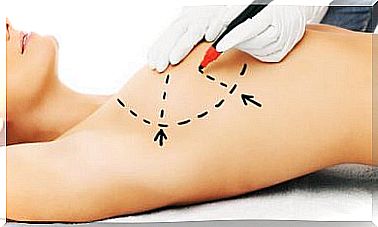Childhood Sleep Disorders: Tests And Treatments
Sometimes childhood sleep disorders have their origin in inappropriate behavior patterns and others, they are due to organic reasons. In all cases, a specialist must be consulted to determine the course to follow.
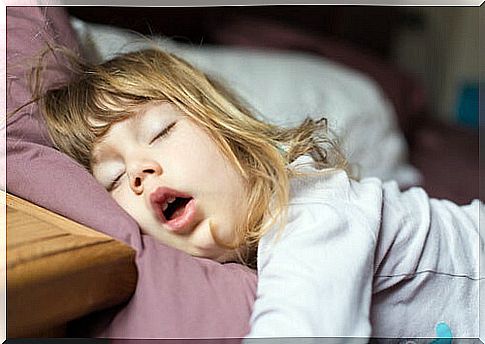
Sleep is essential for physical and mental health, both for children and adults. However, in children this aspect is even more important. Unfortunately, it is estimated that today up to 30% of children have childhood sleep disorders.
Studies indicate that between 10 and 50% of the little ones have some problem sleeping. Many times, these problems are not diagnosed as childhood sleep disorders because parents attribute it to indiscipline or excessive pampering.
However, it is true that, if the child does not sleep well, his behavior and learning capacity are affected, his concentration and his retentiveness decrease. Their motor behavior can also be affected, they can become more irritable and damage their self-esteem.
For this reason, it is important to diagnose and control childhood sleep disorders early. Let’s learn more about them in the following lines.
What are childhood sleep disorders?

Child sleep disorders include all those problematic behaviors associated with sleeping in children. They include, among others:
- Difficulty falling asleep.
- Stay asleep
- Being too sleepy.
- Sleeping at inappropriate times.
- Doing something abnormal during sleep.
Strictly speaking, we speak of childhood sleep disorders when these two circumstances occur:
- Difficulties with sleep significantly affect a child’s daily performance.
- Difficulties with sleep can cause problems in family, school and social relationships in general.
It is normal for a child to alter their regular sleep pattern when an unusual event occurs. For example, a loss, a family conflict, etc. However, in no time, it returns to normal. If this is maintained, we can speak of a childhood sleep disorder.
Types
According to evidence from this study published in the Argentine Archives of Pediatrics , the main childhood sleep disorders are classified as follows:
- Dyssomnias. They include:
- Narcolepsy.
- Obstructive Sleep Apnea Syndrome (OSAS).
- Syndrome of periodic movements of the legs.
- Environmental sleep disorder.
- Sleep onset phase delay.
- Boundary-setting disorder.
- Association disorder at the beginning of sleep.
- Parasomnias. They include:
- Confusional awakenings.
- Somnambulism.
- Night Terrors.
- Rhythmic sleep movements.
- Somniloquia.
- Nightmares.
- Other parasomnias:
- Bruxism
- Enuresis.
- Sleep myoclonus.
- Primary snoring.
- Infant apneas.
- Sudden infant death.
Diagnostic tests
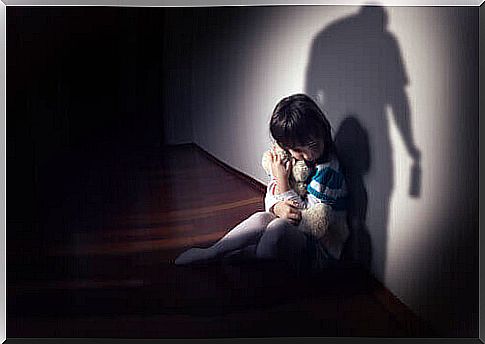
Parents may suspect childhood sleep disorders when young children have trouble falling asleep, snore or wheeze when asleep, are restless while sleeping, wet the bed, or are very drowsy.
The data that parents provide is essential to make the diagnosis, which is initially based on that information. As evidenced by this article published in the Journal of Medicine of the University of Navarra , based on the clinical history it is likely that some tests will be ordered, such as the following:
- Polysomnography. It is the most comprehensive of tests to diagnose childhood sleep disorders. Monitors brain, heart, respiratory and muscle activity while the child sleeps.
- Polygraphy. It is a method that allows you to monitor your child’s sleep at home.
- Continuous cardiorespiratory monitoring. It applies to infants who have had apnea or episodes of respiratory pause. Monitors heart rate and respiration.
Thus, it is usual that a blood count is also ordered in cases of excessive drowsiness and irritability in the child. This test allows to rule out or confirm the presence of anemia, parasites and thyroid problems.
Treatments for childhood sleep disorders
Treatment for these types of problems depends on the cause that causes them. It is always advisable to consult the pediatrician so that he points out the course to follow. However, in all cases it is advisable, first of all, to ensure proper sleep hygiene for the child.
To have a guide in this regard, it must be taken into account that the necessary sleep time varies according to age. We will take as a reference the information provided by Dr. Hidalgo Vicario in the journal Pediatría Integral:
- Between 0 and 3 months, it is usual for the child to sleep 16 hours.
- Between 3 and 12 months: between 12 and 16 hours.
- From 1 to 2 years: from 11 to 14 hours.
- From 3 to 5 years: between 10 and 13 hours.
- Between 6 and 12 years: from 9 to 12 hours.
- From 13 to 18 years old: between 8 and 10 hours.
From a behavioral point of view, one of the most used treatments to correct childhood sleep disorders is the Ferber method. It is a highly effective strategy for infants. It basically consists of creating a series of routines to help the baby to fall asleep.
In short, if, as a father or mother, you suspect that the problem has a physical origin, go exclusively to the specialist to provide an adequate diagnosis and treatment for your little one.
